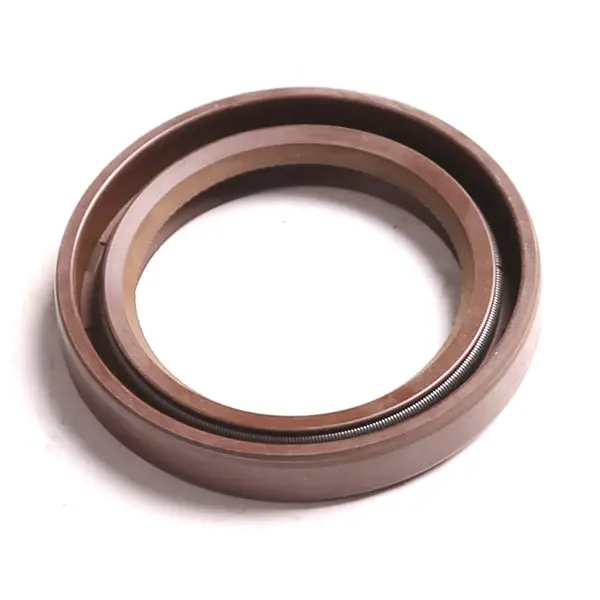9 月 . 16, 2024 06:22 Back to list
radial oil seal
Understanding Radial Oil Seals A Comprehensive Overview
Radial oil seals, also known as radial lip seals, are essential components in various mechanical systems. They serve to prevent the leakage of lubricants and to keep contaminants from entering the machinery, thereby ensuring optimal performance and longevity of the equipment. These seals are especially prevalent in applications involving rotating shafts, such as in automotive, industrial, and machinery sectors.
The primary function of a radial oil seal is to retain lubricating oil or grease within a housing while maintaining the necessary lubrication around rotating shafts. The design consists of a flexible lip, which forms a dynamic seal against the shaft as it rotates. This lip is typically made from elastomers like nitrile rubber, which exhibits excellent resistance to oil and wear. Additionally, radial oil seals can be equipped with a metal casing that enhances structural integrity and provides a firm fit within the housing.
One of the critical advantages of radial oil seals is their ability to minimize friction and wear on moving parts. This is achieved through the seal's unique design, which allows for a small gap between the shaft and the seal lip, enabling smooth rotation while effectively containing the lubricant. The seals are designed to withstand varying temperatures and pressures, making them suitable for diverse environmental conditions.
radial oil seal

The installation of radial oil seals is crucial for their performance. They must be positioned correctly to prevent leakage or premature wear. Proper alignment and the use of tools designed for seal installation can significantly enhance the effectiveness of the seal. It is also essential to consider the shaft surface finish; a smooth surface helps ensure a tight seal and prolongs the seal's lifespan.
Over time, radial oil seals may become worn or damaged due to factors such as extreme temperatures, chemical exposure, or contamination. Signs of seal failure may include oil leakage, excessive noise from the machinery, or visible wear on the seal lip. Regular inspections and timely replacement of worn seals are vital to avoid equipment failure and costly repairs.
Moreover, selecting the right radial oil seal involves understanding the specific application requirements. Factors such as the type of fluid being contained, the shaft diameter, and the operating temperature range must all be considered. Various sizes and materials are available to cater to different needs, ensuring that there is a suitable option for almost every application.
In conclusion, radial oil seals play a pivotal role in maintaining the efficiency and reliability of mechanical systems. Their ability to contain lubricants while preventing contamination underscores their significance in various industries. For optimal performance, it is vital to install and maintain these seals properly, and to choose the right type based on specific operational conditions. As technology advances, the development of improved seal materials and designs continues to enhance their functionality, underscoring the importance of radial oil seals in modern engineering and machinery.